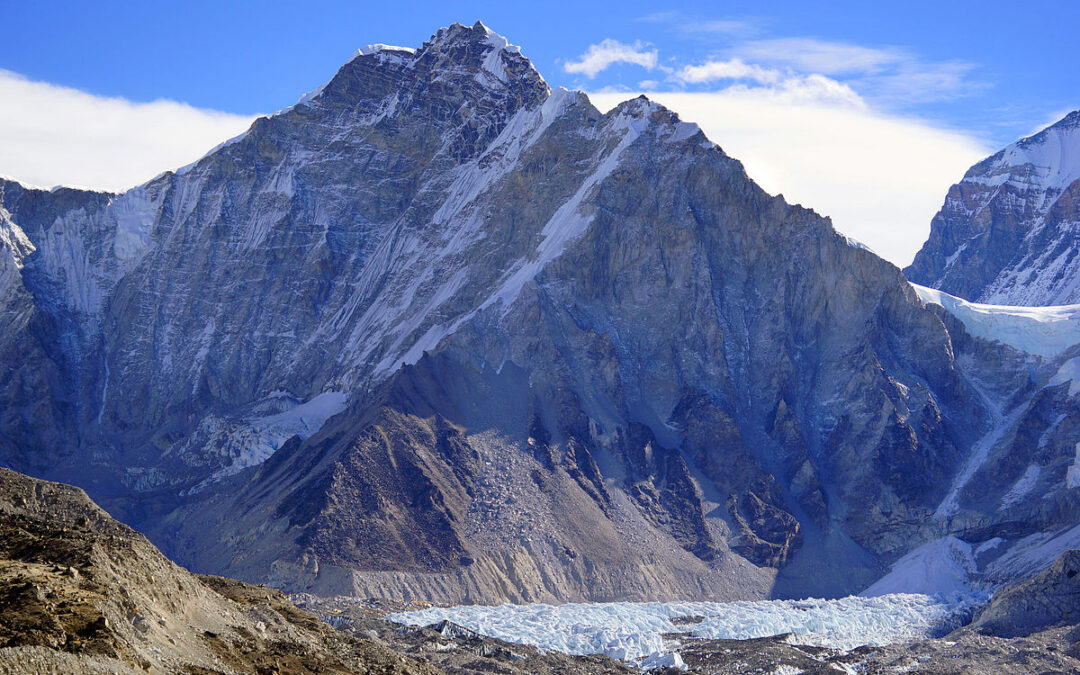The Risky zone of Himalayas In Nepal For Trekkers
Let us talk about the risky zone of Himalayas. In the HKH area, hydroclimatic risks can negatively affect the lives and livelihoods of a vast number of people. Even though climate change is just one of many factors in a complex system, it can exacerbate current political and security stress while also pushing water systems beyond critical thresholds. During this chapter, we will analyze the risks and vulnerabilities associated with natural disasters and present an overview of water disputes and political tensions in the area.
Changing environmental conditions may exacerbate violent conflict, particularly in areas where there has been a history of such war and where governing institutions lack the necessary ability or are still in the process of solidifying their functions. It may also pose a danger to political and social stability by erecting roadblocks to growth, compromising public health, triggering population relocation, posing challenges for traditional livelihood and allocation systems, and interfering with the effectiveness of conflict resolution mechanisms.
Vulnerability To Natural Threatening And Hazards
Even though the hydroclimatic risky zone of the Himalayas had a distinct geographical distribution in the area in 2010, they had substantial implications in the region. Twenty million people were affected by flash floods in northern Pakistan that began due to the monsoon rains and grew into one of the biggest natural catastrophes in the country’s history as one-fifth of the country’s land area was inundated.
Even though just a handful of these recent instances included snow and ice hydroclimatology, it raised concerns concerning the probable links between mountain hydroclimate change and persistent and pervasive dangers in the area, as well as the long-term ramifications of such relations. Furthermore, food insecurity is an ongoing concern in specific locations unrelated to natural catastrophes.
Mountain Hazards – Risky zone of Himalayas
The perception of upper basin deforestation (e.g., in Nepal) on catastrophic flood catastrophes in the Ganges River Basin downstream as far as Bangladesh began twenty years ago. These worries are akin to the contemporary concerns about Himalayan glaciers in the Himalayan region.
The challenges addressed in this study vary from those discussed 20 years ago, for example, since they are attributed to global rather than mountain communities. However, the emphasis on the mountains as a source of downstream risks parallels the kinds of rethinking required.
An Examination of Nepal
Looking at Nepal to obtain a more detailed understanding of mountain environmental dangers is beneficial. Because Nepal has the most significant share of hilly terrain among the nations in the area. It also has the most considerable exposure to and experiences mountain risks than any of the other countries in the region. It is only stated in the area to have a comprehensive national disaster database, which examines risks by category and subregion, maintained by the Global Assessment Report on Disaster Risk Reduction.
Natural Disaster Mitigation, Strategic planning Response
In South Asia, it is vital to analyze the efforts made to combat natural disasters and disaster risk reduction since these initiatives provide a variety of viewpoints and approaches to natural disasters throughout the area. Additionally, when examining the unique implications of glacial and snowmelt processes in the place, this might be helpful information to have. National, regional, and worldwide intergovernmental organizations, initiatives, and national disaster agencies are critical to this subject and may be found on the internet.
Each has its own set of tasks, priorities, resources, and distinct advantages and disadvantages in this situation. Furthermore, geopolitical challenges and governance structures have varying degrees of influence on disaster management and response throughout the area, depending on the country.
Water-related hydroclimatic hazards such as snow and ice
Disasters are most severe near their source, which means that mountain and hill-slope populations are most in danger from blizzards, snow avalanches, glacial retreat, GLOFs, and other geophysical extremes. In contrast, coastal towns are a risky zone of Himalayas.
Upland settlements are probably well-adapted to past ranges of hydroclimate fluctuation, whereas the moe isolated areas have traditionally received only a limited amount of governmental support (Macchi, 2011). According to Kreutzmann (2000), several excellent instances of cooperative water management across the Karakoram, Hindu Kush, and the Himalayas.

